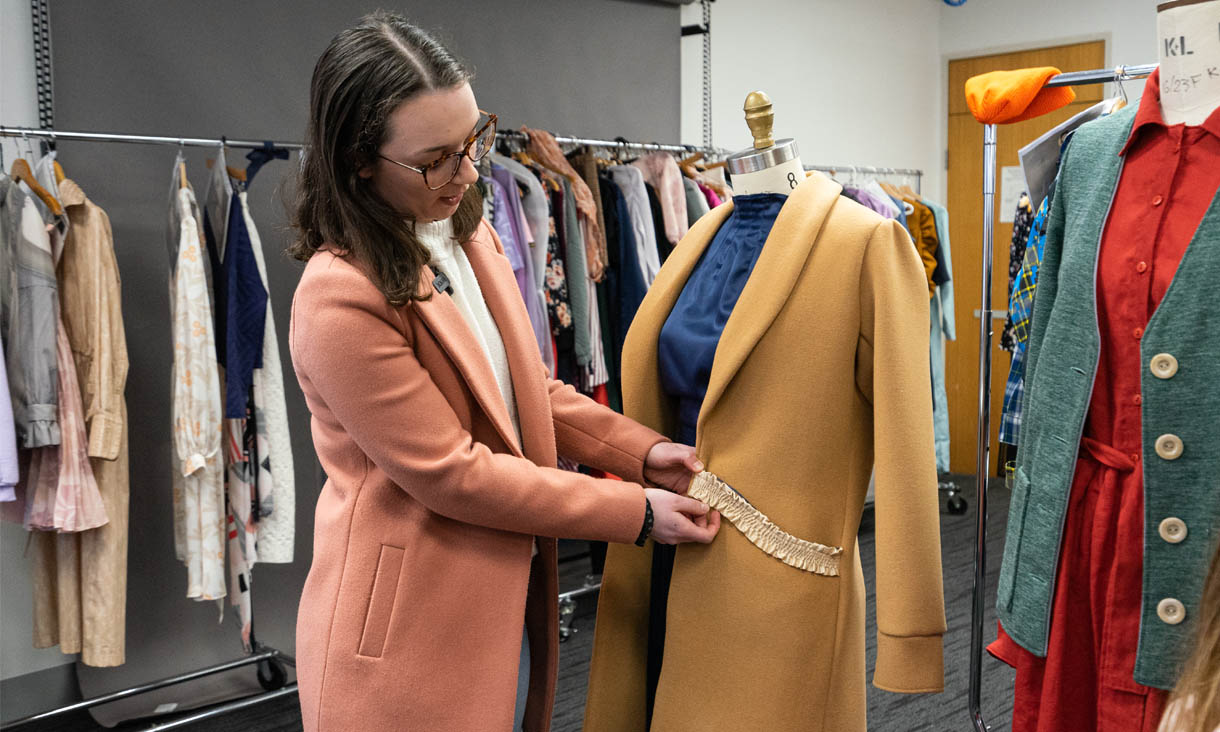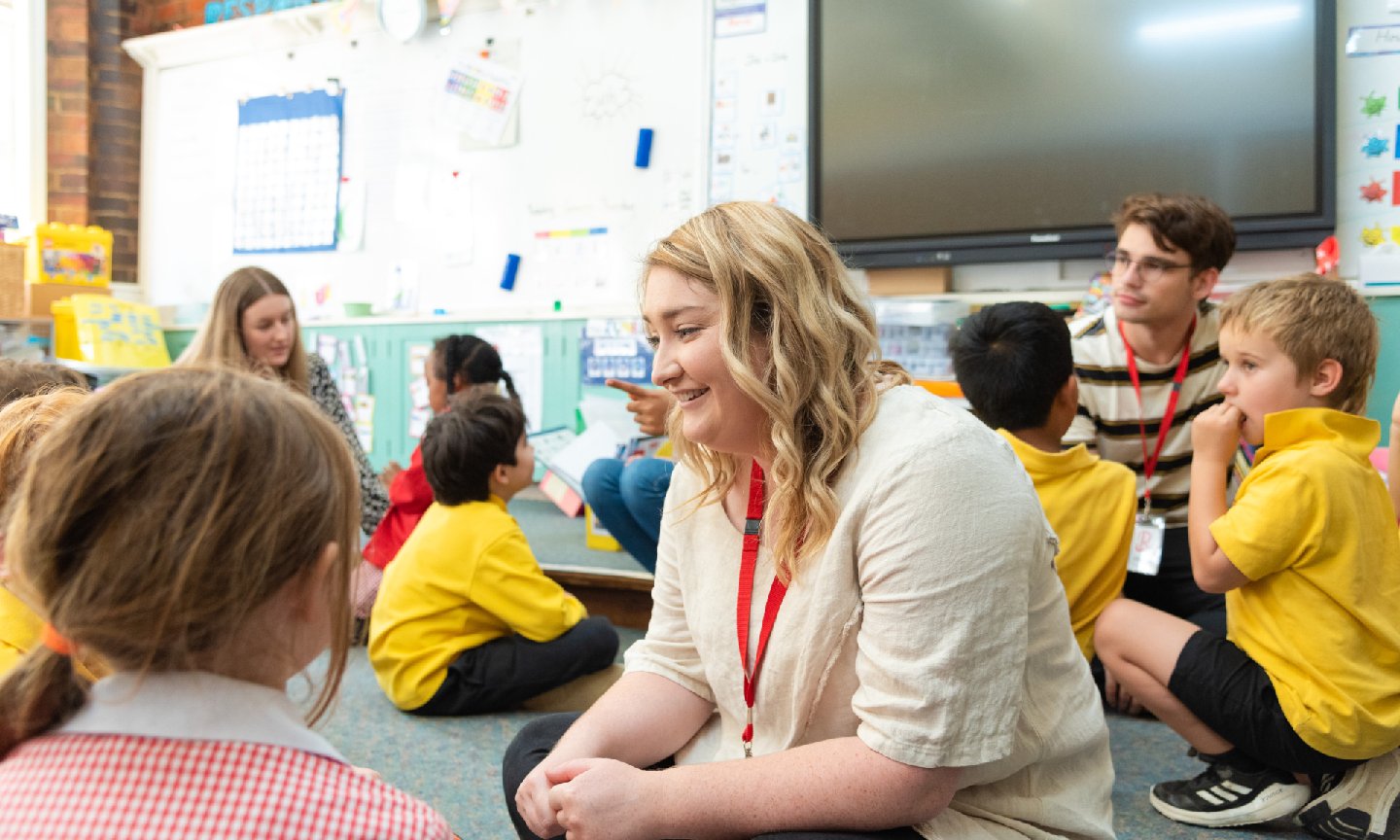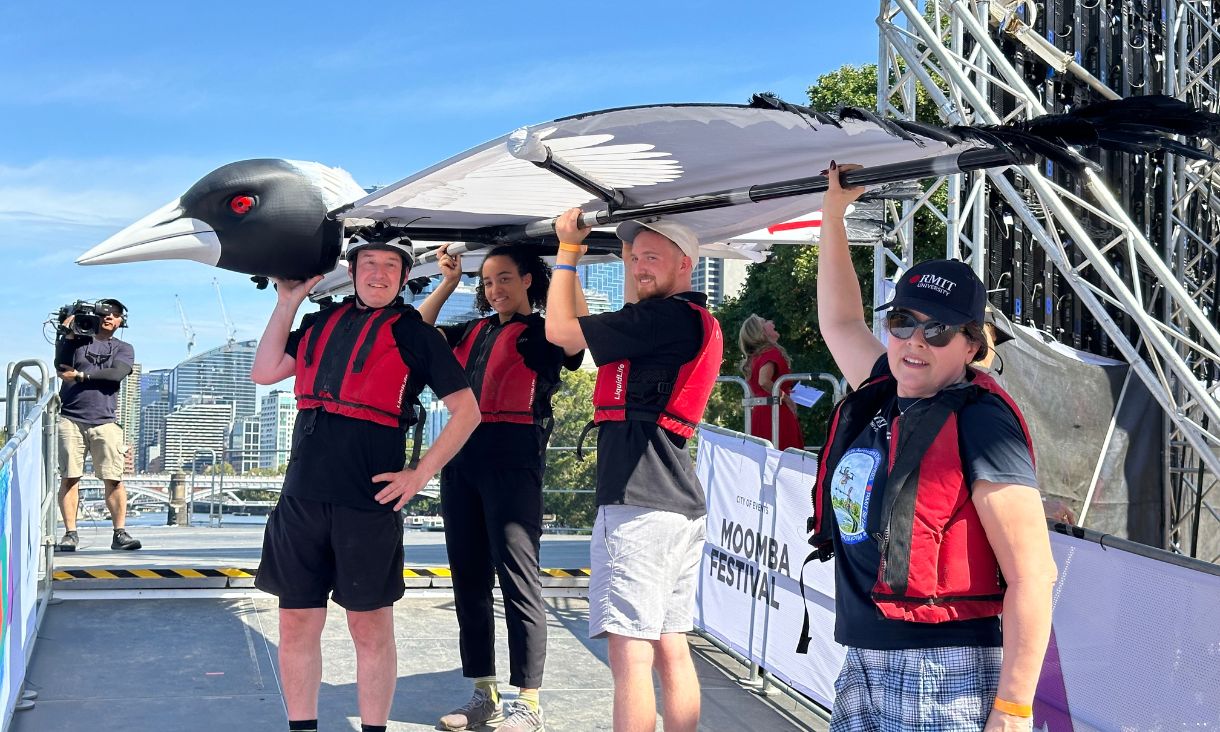Experience next-level health and biomed facilities at RMIT
RMIT’s cutting-edge facilities are equipped to give you the skills you need for a future-focused career in health or biomedical science.
What your first year in a teaching job is really like
So, you’re looking for a job in teaching? Help shape the minds of tomorrow with an education course that prepares you for a career at the front of the classroom.
Five projects you could be working on in your STEM degree
From electric car racing to traveling the world and making a global impact, STEM students at RMIT work on a range of industry-leading projects.













